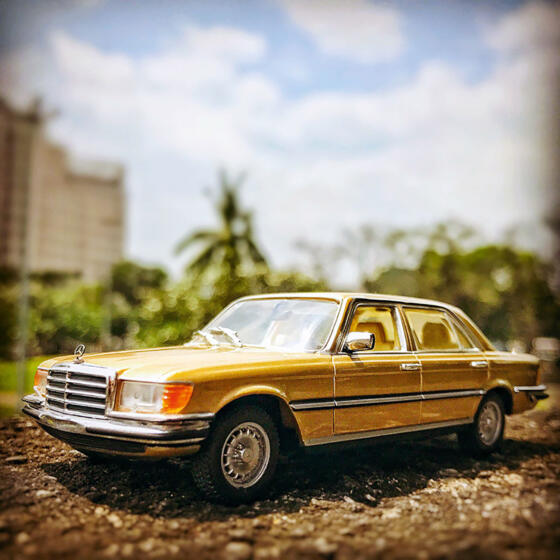E aka extreme
An electric storm is raging above the Bonneville Salt Flats. The endless white plains of the salt desert in the U.S. state of Utah are a classic venue for high-speed events. With a special electric motorcycle, Ohio State University (OSU) is aiming to set new records but the thunderstorm cripples the bike’s electrical system, causing surge damage to the charger, motor, and battery.
That makes for an extremely challenging situation that the Buckeye Current student racing team handles with aplomb – after all, they’re experts in that field. OSU is one of the country’s greatest knowledge incubators and a competence center for vehicle engineering and battery-electric powertrains. That’s exactly why Schaeffler has installed a SHARE Hub whose research is focused on solid-state batteries.
The team does manage to deploy the RW-5 electric motorcycle that has been developed together with the Monaco-based Venturi Group to the starting line, ready to run.
“It was awesome to see that the team never gave up and then it all paid off that next day.”
Laura Friedmann, Buckeye Current team president and graduate research fellow at the university’s Center for Automotive Research (CAR)
French racer Louis-Marie Blondel rides the RW-5 Voxan in the subsequent run that sees him setting four records.
“I couldn’t be more proud of them. I told them all that they entered as a student club and left as a land speed racing team.”
David Cooke, Senior Associate Director of the CAR
The technology behind the record-setting motorcycle
The key component of the RW-5 Voxan is an electric powertrain with a lithium-ion battery pack combined with an 80-kW liquid-cooled permanent magnet axial flux motor. In addition to performance, weight reduction was a top priority of the development specifications. The development team achieved that objective with a weight of less than 150 kilograms (331 lbs.).
Ohio State University and the Venturi Group have been working together on the development and production of electric motorcycles for record-setting runs since 2009. In 2021, the battery-electric Voxan Wattman made major headlines when multiple world champion Max Biaggi rode it at an average top speed of more than 455 km/h (283 mph). However, tipping the scales at more than 300 kilos (661 lbs.), that bike was a lot heavier than the current model and cooled with dry ice.
With the RW-5 Voxan lightweight motorcycle, the Buckeye Current OSU team intends to up the ante, though. Their next goal is to crack the 320 km/h (199 mph) mark – to demonstrate even more clearly what potential electric powertrains have.
Other motorcycle speed records
Rocky Robinson broke the land speed record for motorcycles in the United States in 2010, according to Guinness World Records. Also running on the Bonneville Salt Flats in Utah, he achieved an average speed of 605,697 km/h (376.363 mph) on one kilometer (0.6 miles) on his Top Oil-Ack Attack. On a single run, he even managed 634 km/h (394 mph). The bike was powered by two Suzuki Hayabusa in-line-four-cylinder engines with a 30-psi turbocharger, achieving a top engine speed of 12,000 rpm and 700 to 900 horsepower. The motorcycle has a length of 5.99 meters (19.67 feet), a height of 76.2 centimeters (2.5 feet) and a weight of 748.42 kilograms (1,650 lbs.)

With a solar-powered electric motorcycle, e-bike manufacturer Lightning Motorcycles set a world speed record for production motorcycles in 2012: 304 km/h (218 mph). The record-setting vehicle that weighed more than the RW-5 Voxan does not have its own solar cells for energy generation. To charge the batteries, a mobile system with solar panels charging a 48-kw battery was used. Except for the aerodynamic fairing the motorcycle corresponded to the production version of the Lightning Superbike. It is powered by a 125-kW liquid-cooled motor.







